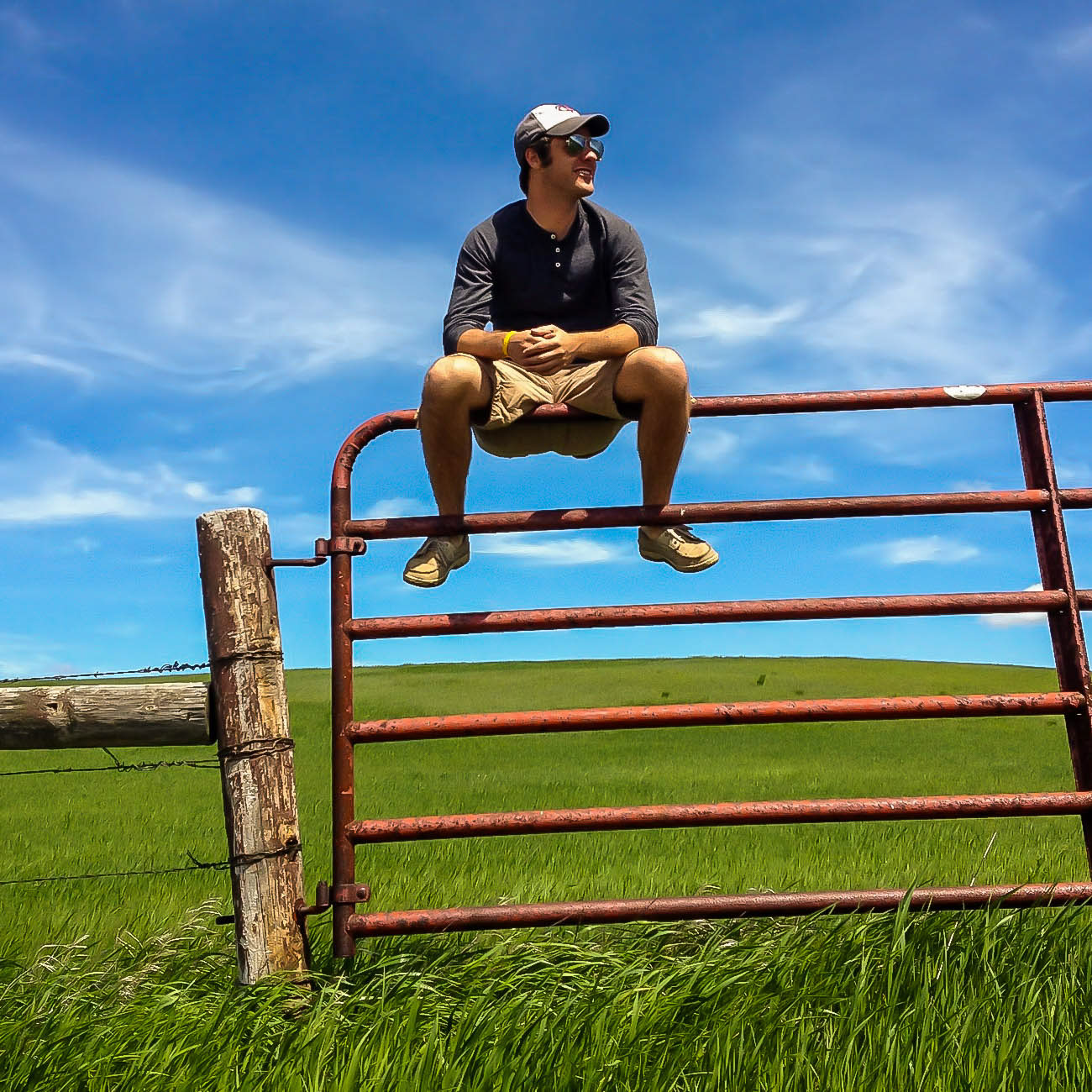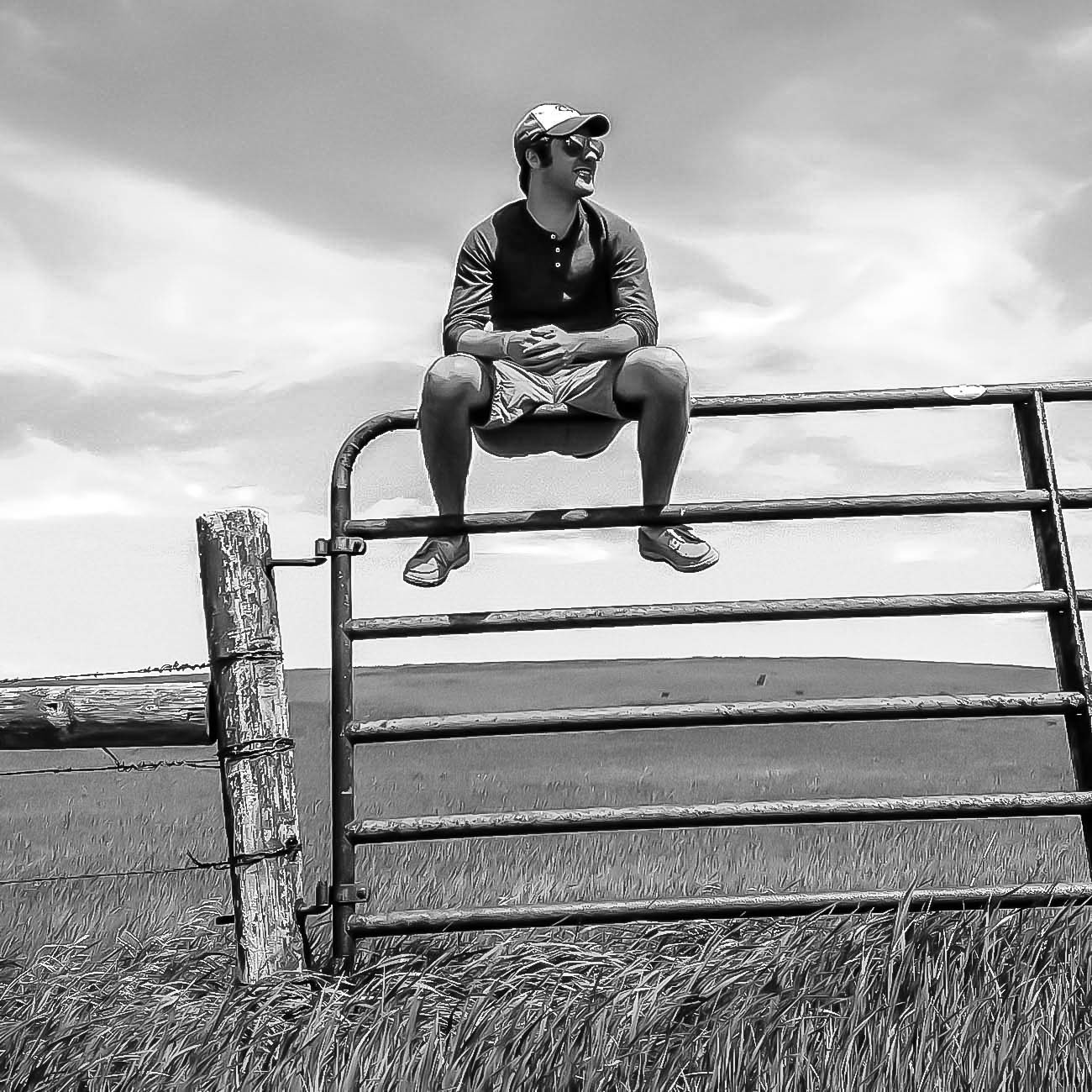
CHALLENGE
The Department of Art, Art History & Design and the University of Notre Dame set out to create an entry course on design thinking as the gateway to a new collaborative innovation program. I was recruited to help instruct and facilitate student teams through design projects in a design thinking studio.
As a dynamic, iterative, and deeply human process, I aimed to prepare students for the type of collaborative, interdisciplinary work they will encounter no matter what career paths they pursue.

INSIGHT
In weekly studios, my goal was to constantly stay three steps ahead of my teams, and then guide the process as it unfolded. I found means of motivating curious dispositions with effective strategies; however, I started to notice that the most difficult part of the process for high-achieving students was dealing with failed ideas and recognizing when to pivot.
I began to understand that I needed to find way to get my teams comfortable with failing early and leaning along the way to navigate the unexpected and undefined.

PROCESS
Over the journey of two semesters instructing teams in studio, I discovered that (in the true spirit of design) the most effective way to guide students through failure, complexity, and ambiguity was to break down barriers to action, and get them to bias low-fidelity realizations of their ideas. And if it doesn't work -- throw it away and reframe.
My constant push was for teams to embrace the power of paper, sketches, and cardboard, and then to release ideas into the wild to understand how they survive and evolve.

IMPACT
A group of students from all disciplines and years cognizant and capable of deploying the values of design thinking to recognize patterns in human need, construct ideas that have emotional meaning and functionality, and are actionable and have real outcomes.

